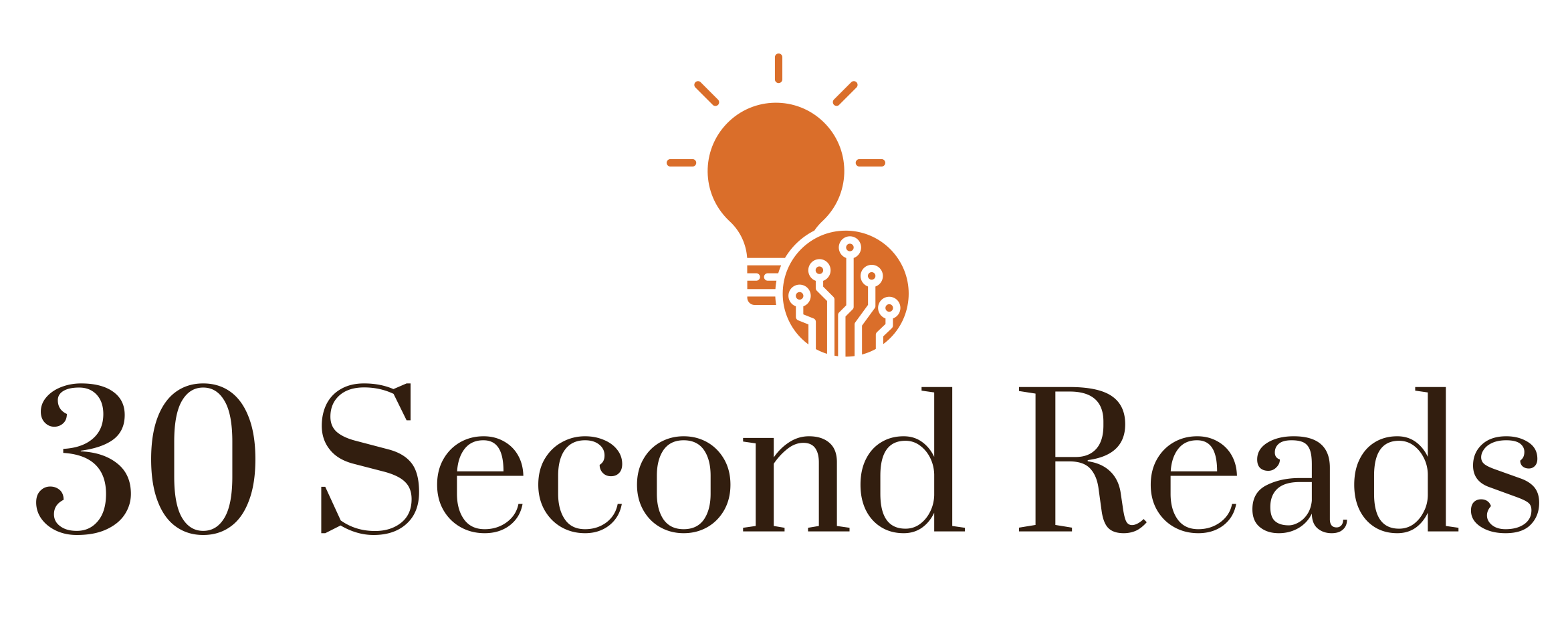Is your WordPress website vulnerable to brute force attacks? These malicious attempts can significantly impact your website by slowing it down, making it difficult to access, and potentially allowing hackers to crack your passwords and install malware. The consequences can be devastating for both your site and your business.
At WPBeginner, we rely on powerful security tools like Sucuri and Cloudflare to protect our websites. In one instance, Sucuri helped us block an astounding 450,000 WordPress attacks over just three months.
In this comprehensive guide, we’ll show you proven methods to protect your WordPress site from brute force attacks.
What Is a Brute Force Attack?
A brute force attack is a hacking method that uses trial and error to break into a website, network, or computer system. The most common form involves password guessing, where hackers deploy automated software to repeatedly attempt to guess your login credentials.
These sophisticated hacking tools can disguise themselves by using different IP addresses and locations, making it challenging to identify and block suspicious activities.
A successful brute force attack grants hackers access to your WordPress admin area, allowing them to:
- Install malware
- Steal user information
- Delete or corrupt your website content
Even unsuccessful brute force attacks can cause significant problems by overloading your WordPress hosting servers with requests, resulting in slowdowns or complete website crashes.
8 Essential Steps to Protect Your WordPress Site
1. Install a WordPress Firewall Plugin
Brute force attacks place tremendous load on your servers. To effectively block these attacks before they reach your server, you need a robust website firewall solution that filters out malicious traffic.
There are two primary types of website firewalls:
- Application Level Firewalls: These examine traffic after it reaches your server but before loading most WordPress scripts. This approach is less efficient because brute force attacks can still affect your server load.
- DNS Level Website Firewalls: These route your website traffic through cloud proxy servers, ensuring only legitimate traffic reaches your web hosting server while simultaneously improving your WordPress speed and performance.
We highly recommend Sucuri, the industry leader in website security and the best WordPress firewall available. Their DNS-level firewall filters out malicious traffic before it ever reaches your server.
2. Update WordPress Regularly
Many brute force attacks specifically target known vulnerabilities in outdated versions of WordPress, plugins, or themes. WordPress core and popular plugins are open source, with vulnerabilities typically fixed quickly through updates. Failing to install these updates leaves your website vulnerable to known threats.
To check for available updates, navigate to Dashboard » Updates in your WordPress admin area. This section displays all pending updates for WordPress core, plugins, and themes.
3. Protect Your WordPress Admin Directory
Most brute force attacks target your WordPress admin area. Adding server-level password protection to your WordPress admin directory creates an additional security layer that blocks unauthorized access.
To implement this protection:
- Log in to your hosting control panel (cPanel)
- Click on the ‘Directory Privacy’ icon under the Files section
- Locate and select the wp-admin folder
- Check the box for ‘Password protect this directory’
- Enter a name for the protected directory
- Create a unique username and password
- Save your settings
Your WordPress admin directory is now protected with an additional login prompt.
If you encounter a 404 error or “too many redirects” message, add this line to your WordPress .htaccess file:
ErrorDocument 401 default4. Add Two-Factor Authentication
Two-factor authentication adds an essential security layer to your WordPress login screen. With this feature enabled, users need both their login credentials and a one-time passcode generated on their mobile device to access the admin area.
This security measure significantly reduces the risk of unauthorized access, even if hackers manage to crack your WordPress password.
5. Use Strong, Unique Passwords
Strong passwords are your first line of defense against brute force attacks. Create unique passwords that combine numbers, letters, and special characters for all your accounts, including:
- WordPress user accounts
- FTP client access
- Web hosting control panel
- WordPress database
To manage multiple complex passwords, use a password manager that securely stores your credentials and automatically fills them in when needed.
6. Disable Directory Browsing
By default, when a web server can’t find an index file, it displays a directory listing showing the contents of that folder. Hackers can exploit this feature during brute force attacks to identify vulnerable files.
To disable directory browsing, add this line to your WordPress .htaccess file using FTP:
Options -Indexes7. Disable PHP File Execution in Specific Folders
While WordPress relies on PHP and you can’t disable it completely, certain folders like your uploads directory (/wp-content/uploads) don’t require PHP script execution. Disabling PHP in these locations prevents hackers from hiding and executing malicious scripts.
To disable PHP execution in your uploads folder:
- Create a text file with the following code:
<Files *.php>
deny from all
</Files>- Save this file as .htaccess
- Upload it to your /wp-content/uploads/ folder using FTP
8. Set Up Automatic WordPress Backups
Regular backups are your ultimate safety net. If all other security measures fail, backups allow you to quickly restore your website to a clean state.
While most WordPress hosting companies offer limited backup options, these aren’t guaranteed. You should implement your own backup solution using a reliable WordPress backup plugin like Duplicator.
Duplicator allows you to schedule automatic backups and store them securely on remote locations such as Google Drive, Dropbox, Amazon S3, and OneDrive. A free version is available to help you get started.
Conclusion
By implementing these eight security measures, you can significantly reduce the risk of brute force attacks on your WordPress site. For a more comprehensive security setup, consider following our ultimate WordPress security guide.
Protecting your WordPress site from brute force attacks requires vigilance and the right tools, but the peace of mind and website security you gain are well worth the effort.
Do you have questions about protecting your WordPress site from brute force attacks? Let us know in the comments!






